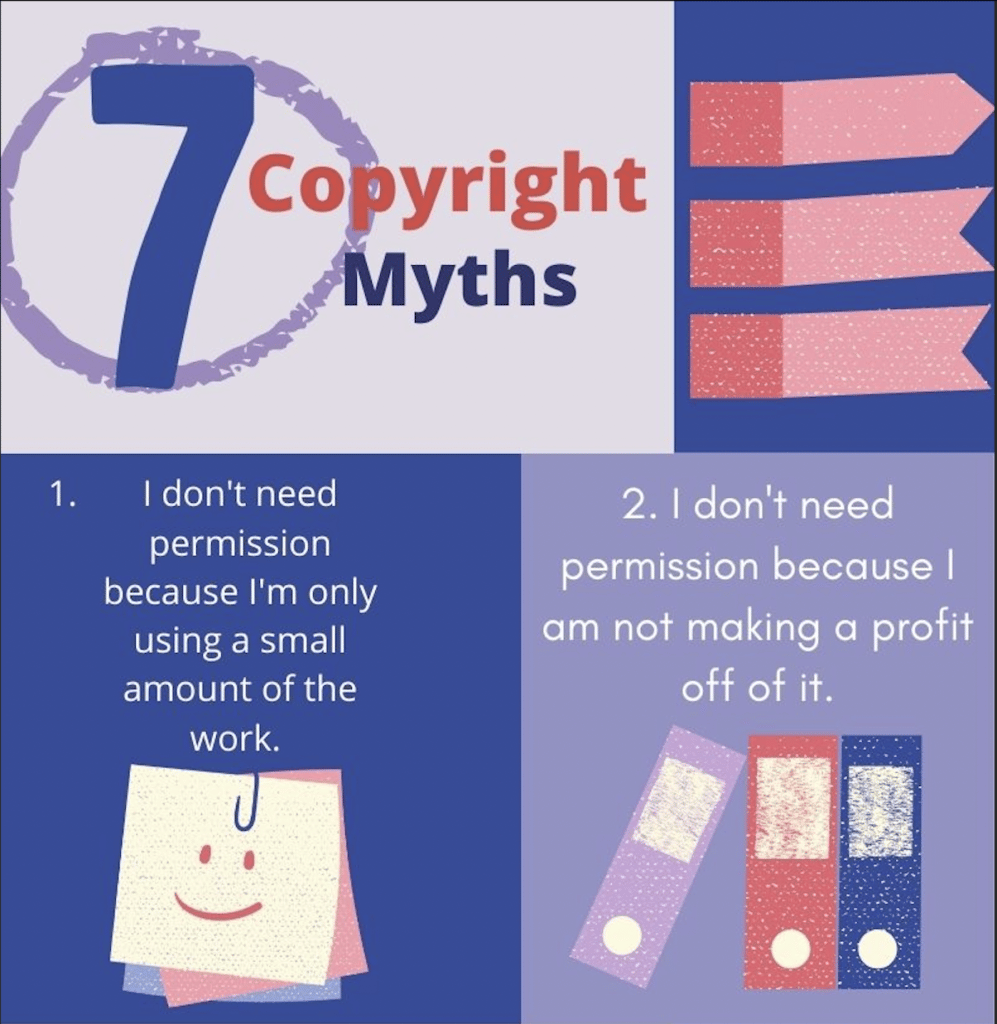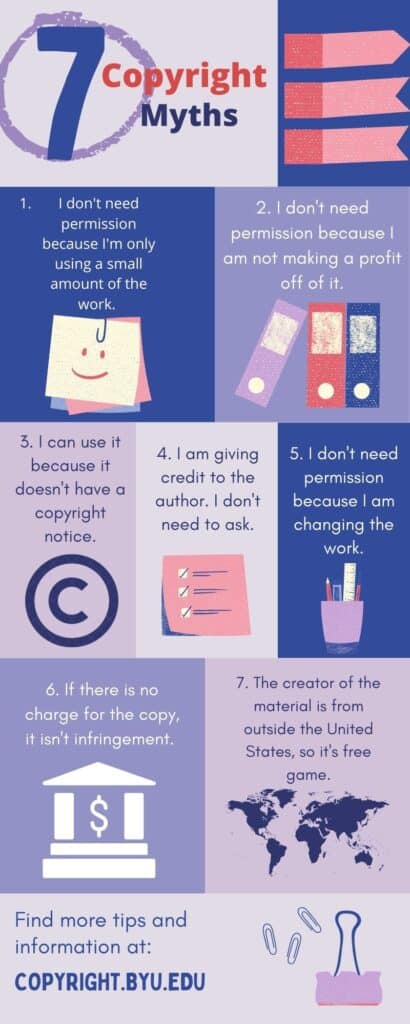
Copycats and copyrights: what gives you the right?
Keely Lyons, Staff Writer
Your mind is parched. It’s been weeks since you could write a full chapter of the book you’ve been working on. Suddenly, a wave of ideas hit and you rush to open your google document. You ferociously mash the keys until you list three alternate endings to chapter three. Somehow, by strange providence, you see an email immerge announcing a new original stage production, but it shares the same name as your book. Surprised? As you read the synopsis you realize it is, in fact, your story. Perplexed, you call someone to advise you about your rights. Rights to your own work.
You may be the dramatist innocently trying to adapt your favorite story to stage, or you may be the one who wrote the story. Regardless of which side of this sticky situation you are on, there are ways individuals can educate themselves and protect creators on either end of the spectrum.
According to Copyright.Gov, Copyright is a type of intellectual property that protects original works of authorship as soon as an author fixes the work in a tangible form of expression.
While many people think of written work when they think of copyright infringement, it can even apply to choreography. That’s right–you can’t reuse that dance routine from Newsies in your Christmas cantata.
According to a recent article from Legalzoom.com, A dance is considered a creative work that can be copyrighted if it’s a coherent whole and not just individual moves and is still considered an artistic creation.
In the age of TikTok, individuals are accustomed to copying another person’s work to express a current trend, while failing to attribute the main source. According to DataReportal.com, this is not uncommon knowledge, considering over 58% of the world uses social media.
Has the astronomical amount of material floating the digital strings of the web caused people to become indifferent to the value of artistic property? Evidence shows the digital era has, in some ways, relaxed the rules.
According to a 2021 article in The Washington Law Review, there is much debate surrounding the enforcement of copyright law on TikTok. The app, by nature, lends itself to regenerated content and enforcing copyright law on the app’s users would have a chilling effect on the material’s circulation and prove enforcing such a law would not be an appropriate path forward.
Regardless of anomalies such as TikTok, however, copyright infringement is still a major issue and education is still necessary to avoid a lawsuit. If we are to understand copyright law, we must first define the difference between a cohesive or coherent whole and individual pieces and how inspiration works.
Even in the newsroom, anchors are subject to obeying copyright laws. Randall King, associate dean of communications at North Greenville University, worked at a television station before becoming a college professor.
It was while he worked at the station that he started to become more acquainted with the fair use of media and copyrighted material, as well as the difference between contacting a social media platform, versus the producer. Before showing a YouTube video of a tornado for a news piece, King wrote to YouTube for permission to use the video.
YouTube responded, explaining that they were only the platform. He had to go directly to the producer of the work to gain rights of the video. Gaining permission to use a work can be done over email. It is best to get it in writing for evidence, in case there are later claims you didn’t receive permission, said King. In the same way, if you want to use any other type of creative work or produce an adaptation, the author should be contacted first.
As a professor of communications, King teaches NGU students media law and explores the subject of copyright law on a regular basis, increasing student’s literacy in legal matters pertaining to media.
King said, “We want to do the right thing morally. We want to do the right thing legally, and as people who want to get paid for creative work, we should be the people who look out for copyright, not just for moral or legal reasons, but because it is the right thing to do.”
If you find yourself in the center of an unethical situation where your work is being used, it can mean addressing an awkward situation and contacting the individual first hand. King said, “The first thing most people want to do is just for it to stop.” After hiring an attorney, the next step would be to compose a “cease and desist” letter, essentially telling the perpetrator to stop what they are doing.
Anyone who does a creative work, whether it is painting, puppetry or prose can investigate what copyright registry evolves. While you may have a good case regardless of registration, copyright registry with Copyright.Gov will give you a larger chance of getting your money back if they profited off your work, said King.
At the end of the day, copyright is an extensive and wrinkled subject matter. The best approach individuals can have is to navigate the subject with diligence. If you care enough about it, you will find yourself more on the right side of the law than not, said King.
For further study, individuals can explore copyright law by the genre of their creative work by going to Copyright.Gov, Copyright.Byu.Edu, and CopyrightAlliance.Org.

